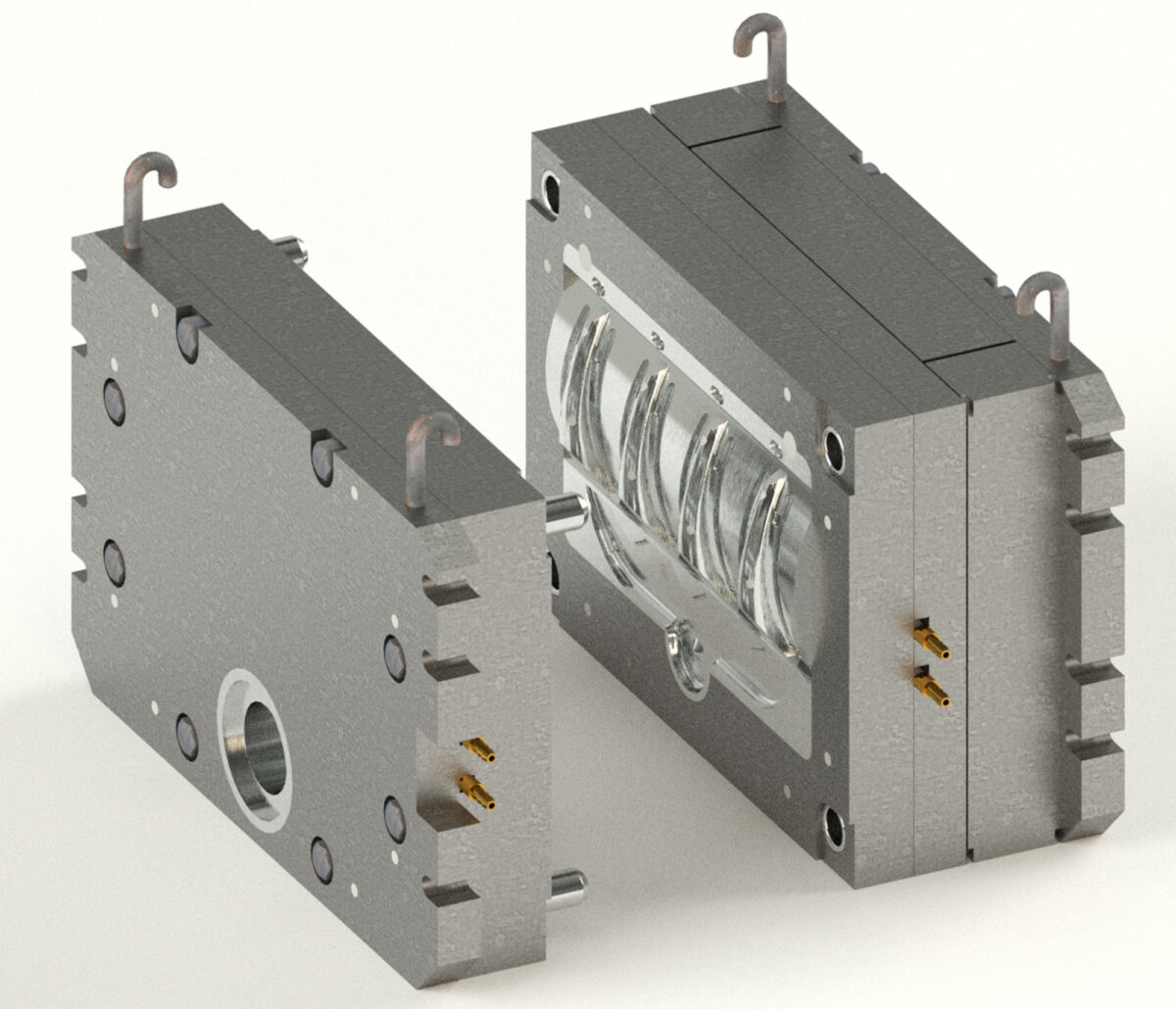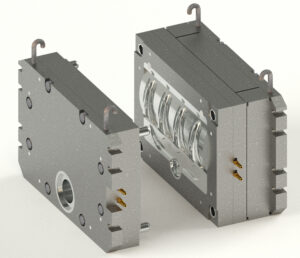Injection moulding is a complex process, with many different types of moulds and manufacturing processes involved. There are also many variations on the general principles which can make it difficult to understand for those new to the field. It’s no wonder that so many people find injection moulding intimidating! To make things easier, we’ve compiled a list of ten important things you need to know about injection moulding. If you work in the manufacturing industry or are hoping to break into it as a career, this article will give you some insight into one of the most commonly-used methods of creating new products from raw materials. Whether you’re thinking about getting into injection moulding as an employee or contractor, or just want to understand more about the process so you can get a job interview, read on to learn more!
What is 2K Injection Moulding?
2K Injection moulding is a process that creates a new product by injecting molten liquid into a mould. The molten liquid is usually created by a heated screw, which is where the “2K” comes from. This process is used to create a wide range of products, from consumer goods like toys or appliances, to industrial parts used in large-scale equipment and infrastructure. Because it’s such a general method of manufacturing, there are many different variations of the 2K process. Some of these are: – 2K single-stage – a single injection cycle followed by a single extraction cycle – 2K sequential – injecting molten liquid into the mould and allowing it to cool before the next phase begins – 2K transfer moulding – injecting molten liquid into one mould, transferring it to another, and then expelling it from the second mould.
Why Use 2K Injection Moulding?
There are many reasons why someone would choose to use 2K injection moulding. A few of the most common ones are: – Speed – injection moulding can be much faster than manual labour, or other methods of production. Some types of products can be produced in large quantities in a matter of hours instead of days or weeks. – Consistency – there are many processes that lead to inconsistent results, but injection moulding is generally very consistent. Products that are created by different methods may not fit together the way they should, or may not be as durable. – Economy – injection moulding is one of the most cost-effective methods of production available. The high volume of product that can be produced by some machines also leads to very affordable pricing. – Quality – the design of the mould and how it’s made will determine the quality of the finished product. While there are other methods that can produce higher quality products, injection moulding can achieve a wide range of quality levels.
The Different Types of Moulds in 2K Injection Moulding
There are many different mould types in 2K injection moulding. The most common are: – Standard – a simple, single cavity, open-ended mould. – Closed-end – a simple, single cavity mould with a closed end. – Open-end – a simple, single cavity, open-ended mould. – Loose-end – a simple, single cavity, open-ended mould with an unconnected tie bar. – Tight-end – a simple, single cavity, close-ended mould with a connected tie bar. The tie bar will be connected to the injected material.
2K Resin Selection
The type of resin you use will depend on the finished product you want to create. When choosing a resin for your 2K injection moulding job, you’ll first want to select the type. There are three main types: Thermoset, thermoplastic, and high-pressure thermoset (HPT). Depending on the desired application, you may want to choose a type of resin with different physical properties. These include: – Hardness – how easy it is to scratch or dent – Tear strength – how easy it is to tear the material – Impact strength – how well it can resist breaking from a shock – Coefficient of friction – how easily it grips to other materials – Electrical conductivity – how easily electricity passes through the material – Flammability – how easy it is to catch fire – Gas permeability – how easily gases, such as oxygen, carbon dioxide, and water vapour, pass through the material.
Don’t Forget The Other Parts!
In addition to the resin you use, there are a few other parts that are important to the mould. These include: – Runner – the path that the molten material takes through the mould. – Cavity – the open space where the finished product will be formed. – Sprue – a pathway for pouring the resin into the cavity. – Flow taps – where the resin comes into contact with the mould and begins to cool.
Limiting Factors in 2K Injection Moulding
In any manufacturing method, there are always limiting factors that one must take into account. When creating a mould, you must consider the following factors: – Material – the material used to make the mould must be able to withstand the temperatures of the molten material without deforming. – Size – mould size will depend on the product you’re creating, but size has an impact on the amount of time required to create the mould. – Design – the design of the mould will determine the quality of the finished product. – Runner system – the type of runner system you use will depend on the type of material you’re using.
Where to Learn More
Injection moulding is a complex process that can seem intimidating to those unfamiliar with it. Luckily, there are lots of resources to help demystify it and make it easier to understand. This article has given you some important information to get started with, so you can better understand 2K injection moulding and the role it plays in the manufacturing process. To learn more, you can also read through the resources listed below.



